10 Best Herbal Creams For Fibrocystic Breast Disease
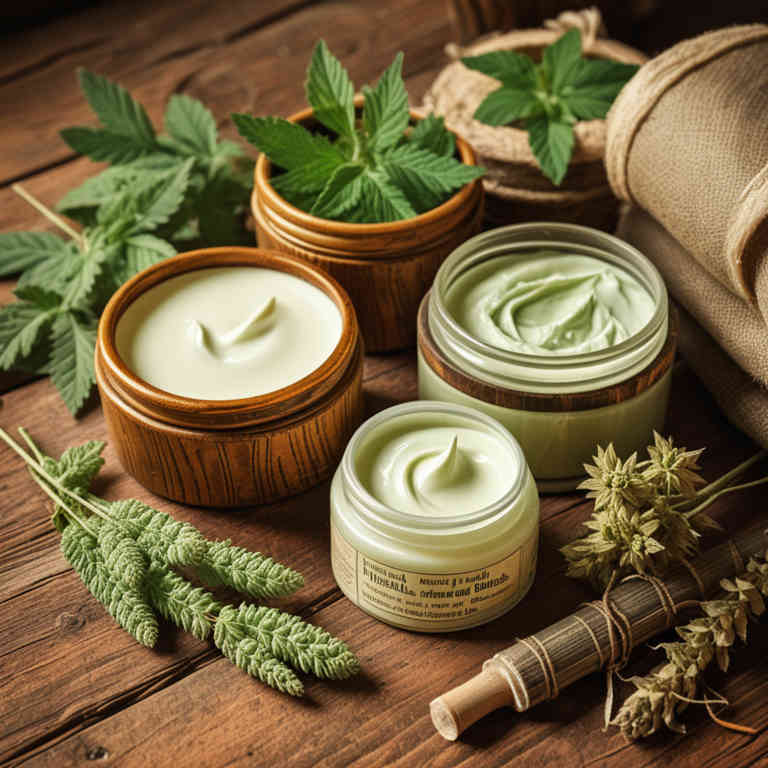
Herbal creams for fibrocystic breast disease are natural topical treatments that aim to alleviate symptoms such as breast tenderness, swelling, and discomfort.
These creams often contain ingredients like evening primrose oil, wild yam, and fenugreek, which are believed to have anti-inflammatory and hormone-balancing properties. While they are generally considered safe, their effectiveness can vary, and they should not replace medical advice or treatment from a healthcare professional. Some studies suggest that certain herbal compounds may help reduce breast pain and cyst size, though more research is needed to confirm these benefits.
It is important for individuals to consult with a doctor before using herbal creams, especially if they are pregnant, breastfeeding, or taking other medications.
FREE Herb Drying Checklist
How to make sure every batch retains maximum flavor, color, and aroma without the risk of mold or over-drying. Eliminate guesswork and trial-and-error, making herb drying faster, easier, and more efficient every time.
Table of Contents
1. Vitex agnus-castus
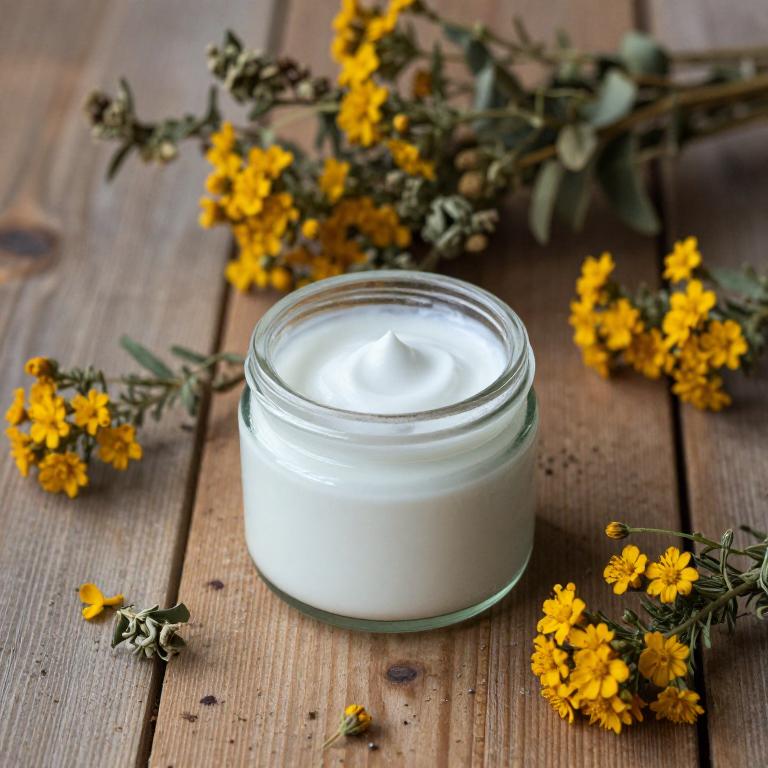
Vitex agnus-castus, commonly known as chasteberry, is often used in herbal creams for the management of fibrocystic breast disease due to its potential hormonal balancing properties.
These creams typically contain extracts of Vitex agnus-castus combined with other soothing ingredients to reduce breast tenderness and discomfort associated with the condition. Some studies suggest that Vitex may help regulate estrogen levels, which can alleviate symptoms such as swelling and pain in the breasts. However, while some individuals report relief from using these creams, scientific evidence supporting their efficacy remains limited.
As with any herbal remedy, it is important to consult a healthcare provider before use, especially for those with underlying health conditions or taking other medications.
2. Urtica dioica
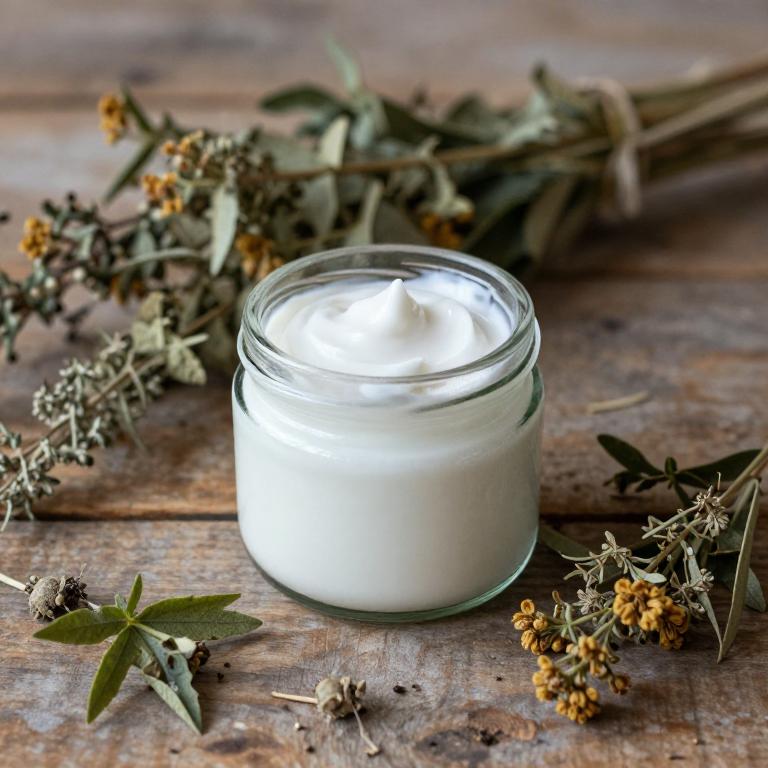
Urtica dioica, commonly known as stinging nettle, has been used traditionally in herbal medicine for its potential therapeutic effects.
Some herbal creams containing Urtica dioica are marketed for the management of fibrocystic breast disease, a condition characterized by benign breast lumps and discomfort. These creams are believed to reduce inflammation and promote lymphatic drainage, which may alleviate symptoms associated with the condition. However, scientific evidence supporting their efficacy is limited, and it is important to consult a healthcare provider before using such products.
While some individuals may find relief, the safety and effectiveness of Urtica dioica herbal creams should be evaluated on a case-by-case basis.
3. Silybum marianum
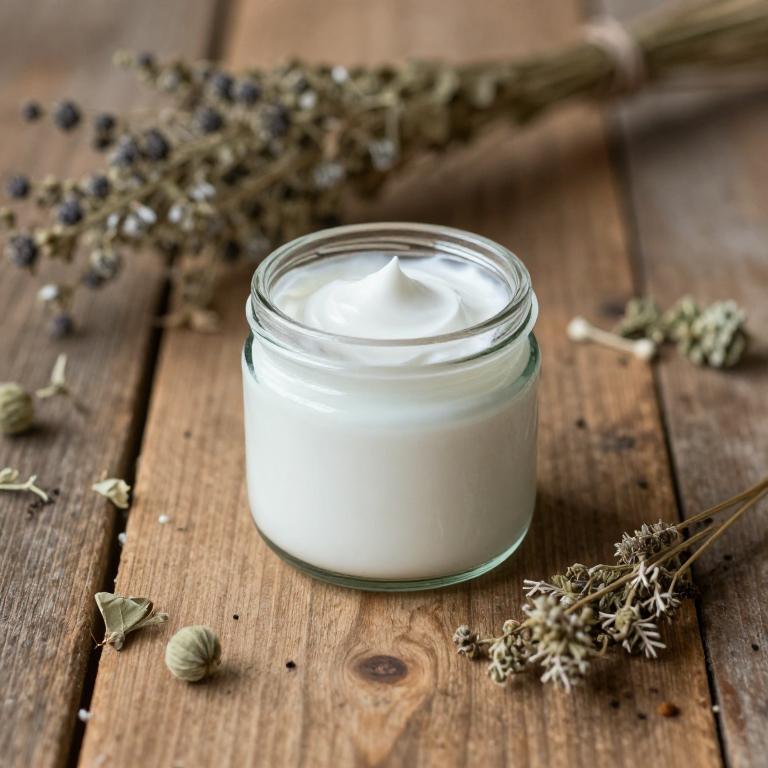
Silybum marianum, also known as milk thistle, is a herbal remedy that has been explored for its potential benefits in managing fibrocystic breast disease.
The active compound in silymarin, a flavonoid complex found in milk thistle, is believed to have antioxidant, anti-inflammatory, and hepatoprotective properties. Some studies suggest that silymarin may help reduce breast tissue inflammation and fibrosis, which are common features of fibrocystic breast disease. However, while preliminary research is promising, more clinical trials are needed to confirm its efficacy and safety for this specific condition.
As a complementary therapy, silybum marianum herbal creams may be used alongside conventional treatments, but it is important to consult a healthcare provider before incorporating them into a treatment plan.
4. Cimicifuga racemosa
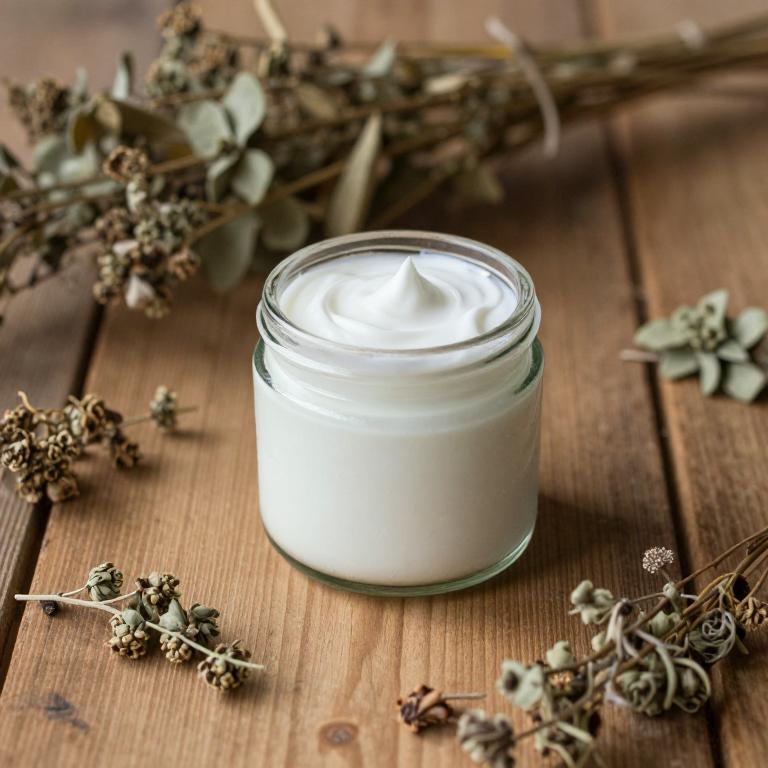
Cimicifuga racemosa, commonly known as black cohosh, is an herbal remedy that has been traditionally used to alleviate symptoms associated with fibrocystic breast disease, such as breast tenderness and swelling.
Herbal creams containing cimicifuga racemosa are often formulated with other natural ingredients to enhance their therapeutic effects and promote localized relief. These creams are typically applied topically to the affected areas of the breasts, providing a non-invasive alternative to conventional treatments. While some studies suggest that cimicifuga racemosa may help regulate hormonal imbalances linked to fibrocystic changes, more research is needed to fully understand its efficacy and safety.
As with any herbal treatment, it is advisable to consult a healthcare provider before use, especially for individuals with known allergies or those taking other medications.
5. Rosa canina
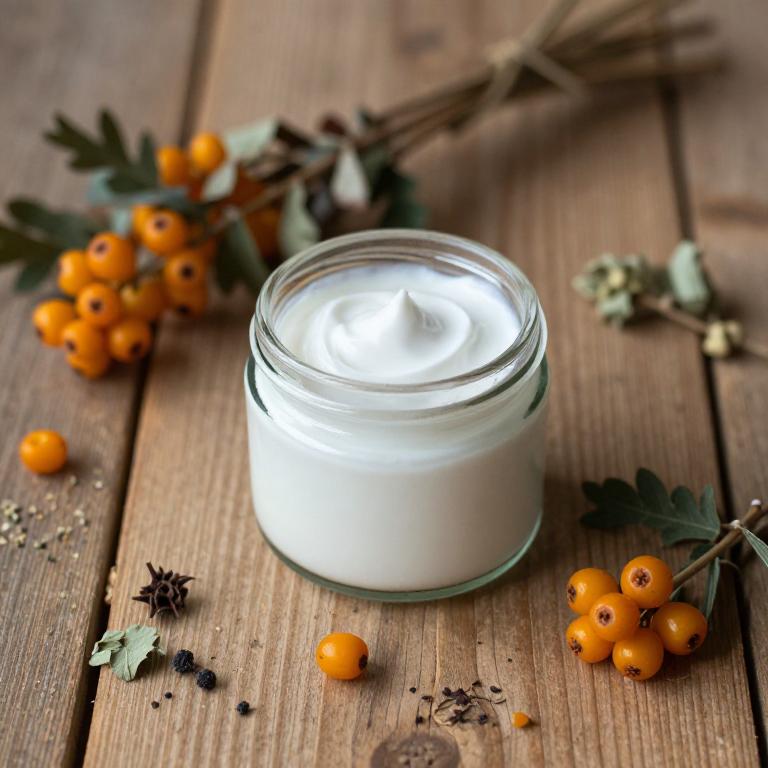
Rosa canina, also known as dog rose, is a traditional herbal remedy that has been used for centuries to support breast health.
Rosa canina herbal creams are often formulated with extracts from the fruit and flowers of the Rosa canina plant, which are believed to have anti-inflammatory and antioxidant properties. These creams are commonly recommended for women with fibrocystic breast disease due to their potential to reduce breast tenderness and inflammation. The use of Rosa canina in topical formulations may help soothe discomfort and promote overall breast wellness.
However, it is important to consult with a healthcare provider before using any herbal remedy, as individual responses and interactions with other treatments can vary.
6. Foeniculum vulgare
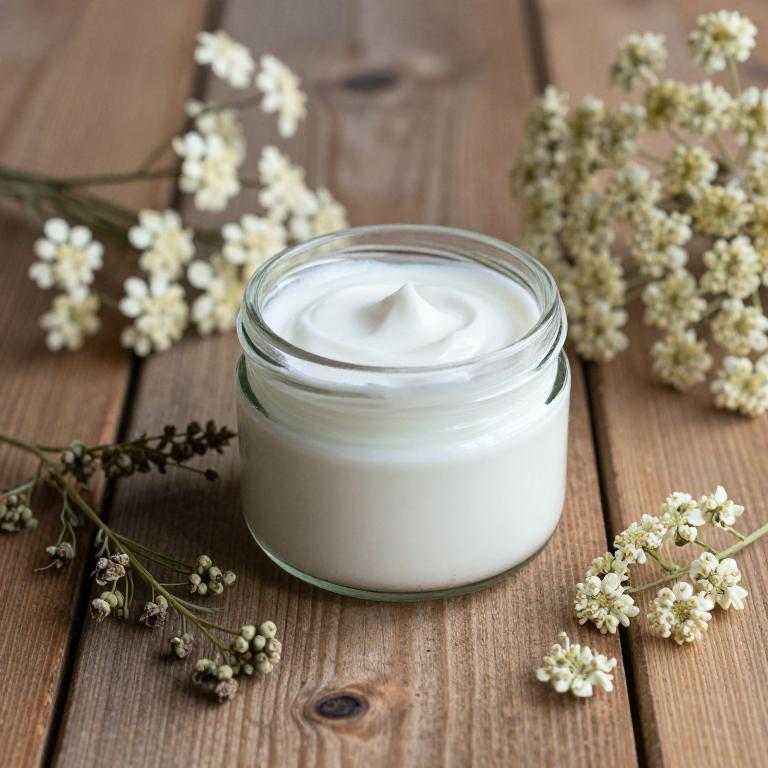
Foeniculum vulgare, commonly known as fennel, is often used in herbal creams for the management of fibrocystic breast disease due to its potential anti-inflammatory and antioxidant properties.
These creams typically contain essential oils extracted from fennel seeds, which may help reduce breast tenderness and discomfort associated with the condition. While some studies suggest that fennel can alleviate symptoms by regulating hormonal imbalances, more clinical research is needed to confirm its efficacy. Herbal creams with fennel are generally considered safe for topical use, though individuals should consult a healthcare provider before incorporating them into their treatment regimen.
As a complementary therapy, fennel-based creams may support overall breast health when used alongside conventional medical treatments.
7. Curcuma longa
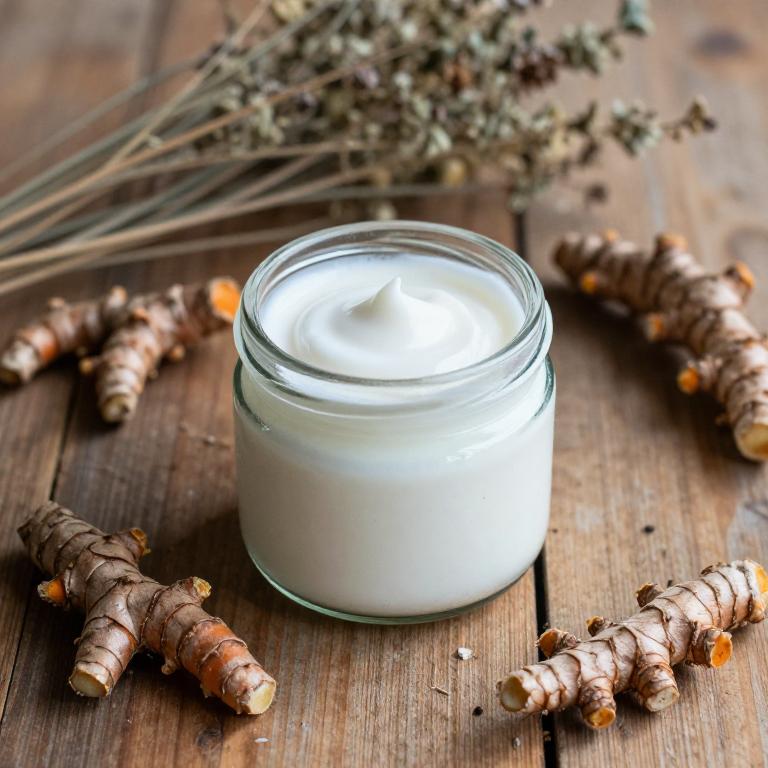
Curcuma longa, commonly known as turmeric, contains curcumin, a bioactive compound with potent anti-inflammatory and antioxidant properties.
Herbal creams infused with curcuma longa are increasingly being explored as a complementary therapy for fibrocystic breast disease, a condition characterized by benign breast lumps and cyclical pain. These creams may help reduce breast tenderness and inflammation by modulating inflammatory pathways and improving cellular detoxification. However, while preliminary studies suggest potential benefits, more clinical research is needed to establish their efficacy and safety in treating this condition.
As with any herbal remedy, it is important to consult a healthcare provider before incorporating curcuma longa creams into a treatment plan.
8. Achillea millefolium
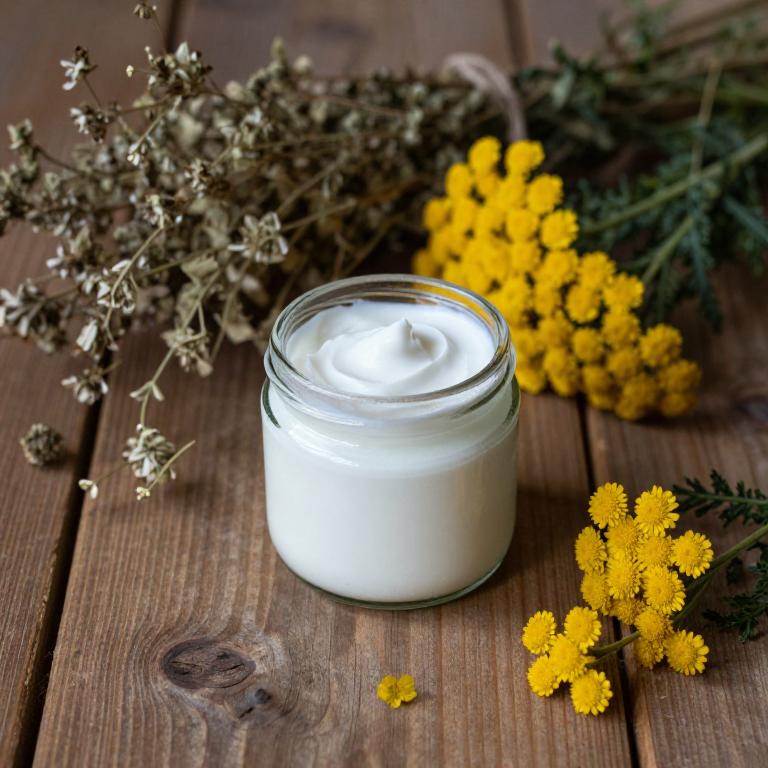
Achillea millefolium, commonly known as yarrow, has been traditionally used in herbal medicine for its anti-inflammatory and antispasmodic properties.
Herbal creams containing achillea millefolium are sometimes recommended as a complementary therapy for women with fibrocystic breast disease due to their potential to reduce breast tenderness and swelling. These creams may help alleviate the discomfort associated with fibrocystic changes by promoting circulation and reducing inflammation in the breast tissue. However, it is important to consult a healthcare provider before using any herbal remedies, as they may interact with other medications or have side effects.
While some studies suggest possible benefits, more rigorous clinical research is needed to fully understand the efficacy and safety of achillea millefolium in treating fibrocystic breast conditions.
9. Symphytum officinale
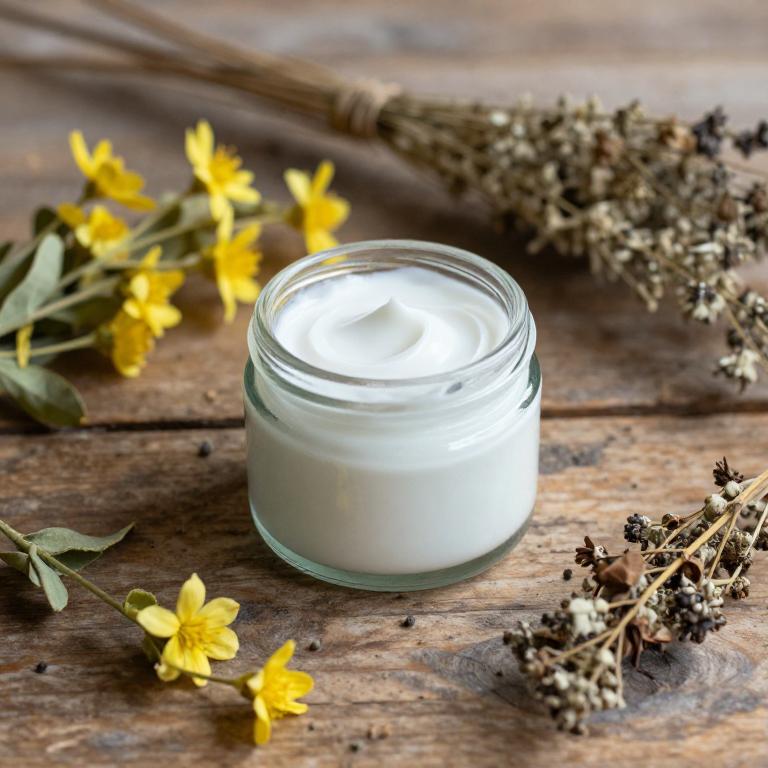
Symphytum officinale, commonly known as comfrey, is a traditional herbal remedy that has been used for centuries to support healing and reduce inflammation.
Herbal creams containing Symphytum officinale are often recommended for fibrocystic breast disease due to their potential to alleviate breast pain and reduce the size of cysts. These creams are believed to work by promoting tissue repair and improving circulation in the affected areas. However, it is important to note that while some studies suggest possible benefits, the safety and efficacy of comfrey in topical applications remain a subject of debate, and it should be used with caution.
As with any herbal treatment, it is advisable to consult a healthcare professional before incorporating Symphytum officinale into a treatment plan for fibrocystic breast disease.
10. Matricaria chamomilla
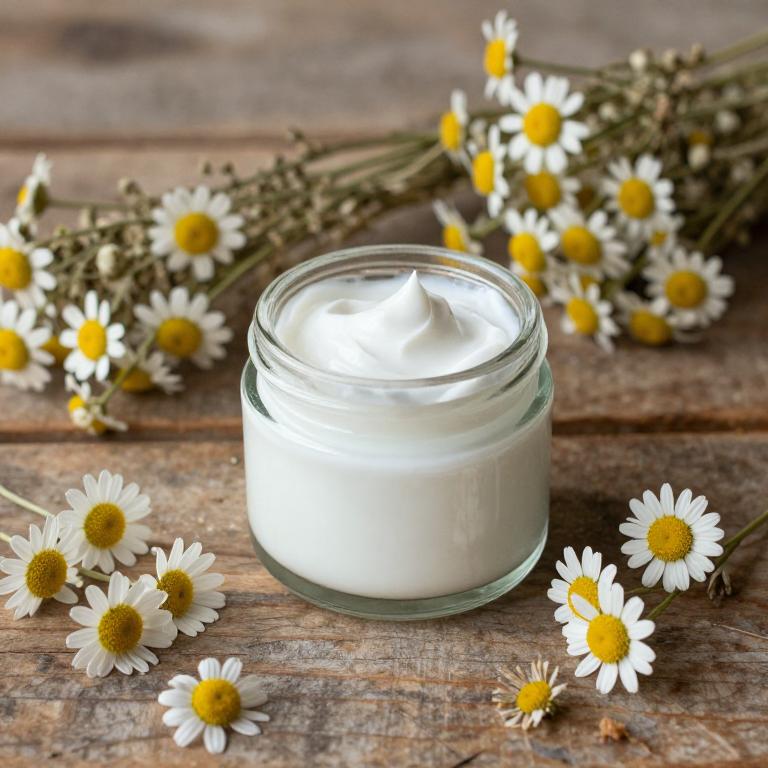
Matricaria chamomilla, commonly known as chamomile, is often used in herbal creams for the management of fibrocystic breast disease due to its anti-inflammatory and soothing properties.
These creams typically contain chamomile essential oil or extracts, which may help reduce breast tenderness and discomfort associated with the condition. While some studies suggest that topical application of chamomile may offer relief, more clinical evidence is needed to confirm its efficacy in treating fibrocystic breast changes. It is generally considered safe for topical use, though individuals should consult a healthcare provider before using it, especially if they have allergies or are pregnant.
As part of a holistic approach, chamomile-based creams may complement other treatments but should not replace medical advice or prescribed therapies.